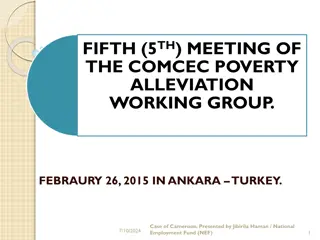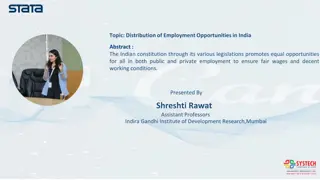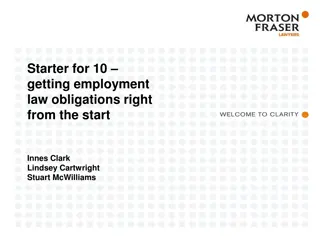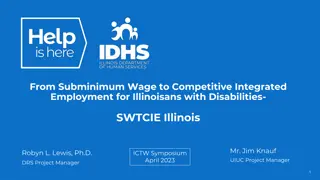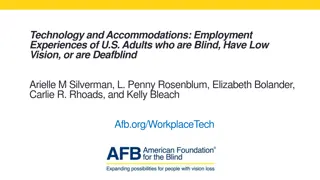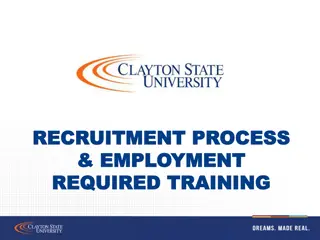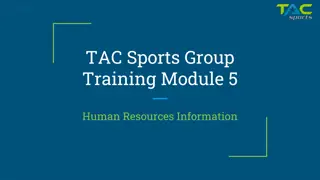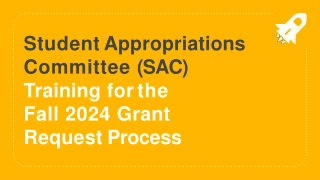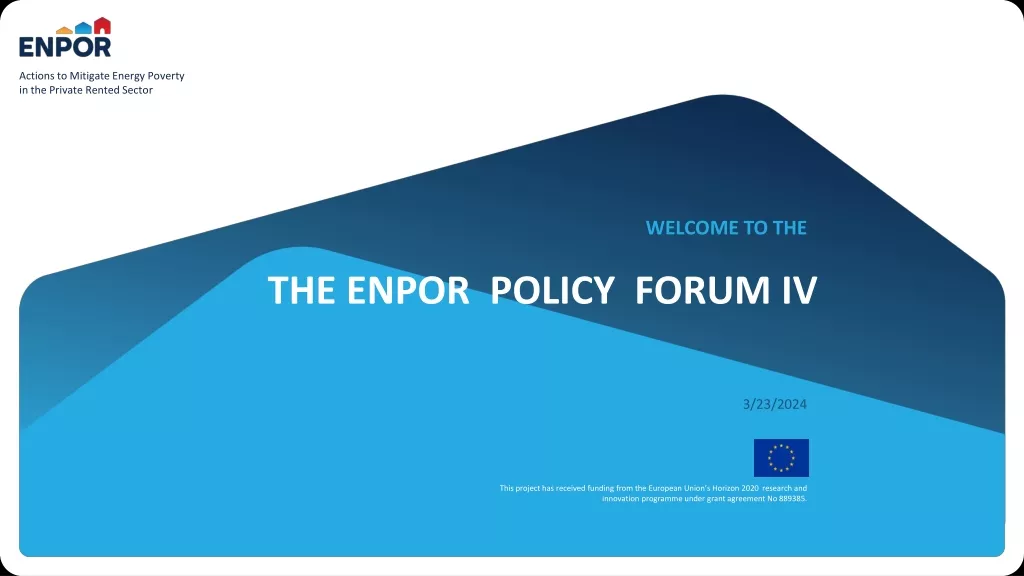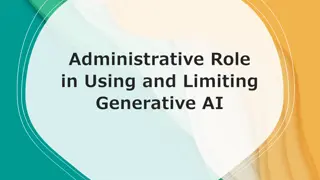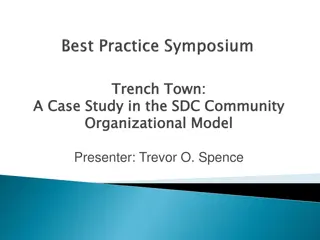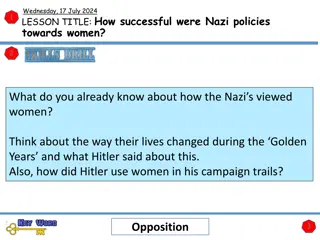Mastering Employment At Will Policies
Learn key principles of at-will employment, legal protections, termination procedures, and best practices for HR professionals.
Download Presentation

Please find below an Image/Link to download the presentation.
The content on the website is provided AS IS for your information and personal use only. It may not be sold, licensed, or shared on other websites without obtaining consent from the author. Download presentation by click this link. If you encounter any issues during the download, it is possible that the publisher has removed the file from their server.
E N D
Presentation Transcript
Employment at Will Training
Employment at Will Training WELCOME! 2
Introduction The term employment at will is a familiar one for most employees, especially for management staff. It is often included in job offer letters, in policies and during discussions pertaining to involuntary terminations. It is important for you, as supervisors, to understand employment at will and to be able to explain it and its exceptions to your employees. This session will provide you with that knowledge. 3
Agenda Definition of employment at will The difference between employment at will and right to work Exceptions to the employment at will doctrine Steps an employer may take to limit liability under employment at will Employer checklist for adverse employment actions Quiz 4
Definition of Employment at Will Employment at will is not a law. It is a legal doctrine based on common law that an employment relationship may be terminated by the employer or employee at any time, for any or no reason, as long as there are no discriminatory or otherwise illegal practices. This means that an employer does not need good cause to involuntarily terminate an employee. In every state but Montana (which protects employees who have completed an initial probationary period from being terminated without good cause), employers are free to adopt at-will employment policies. The cities of New York and Philadelphia, however, require a just cause for termination for fast food workers and parking workers respectively. 5
The Difference Between Employment at Will and Right-to-Work Employment at will is a legal doctrine that an employment relationship may be terminated at any time and for any or no reason. Right-to-work laws are state laws that prevent labor-management agreements from requiring an individual to join a union as a condition of employment. In states without right-to-work laws, these labor- management agreements can require all covered employees to join the union. These laws do not cover involuntary terminations or resignations. 6
Exceptions to Employment at Will There are three major common-law exceptions to the employment at will doctrine. These exceptions are based on a state s case law. The exceptions, described in the following slides, are: Public policy. Implied contract. Covenant of good faith and fair dealing. 8
Exceptions to Employment at Will (cont.) Public Policy This is the most widely accepted exception (42 states). Under the public-policy exception, an employee is wrongfully discharged when the termination is against an explicit, well-established public policy of the state. The majority view among states is that public policy may be found in a state constitution, a statute or an administrative rule, but some states have either restricted the doctrine or expanded it beyond this boundary. 9
Exceptions to Employment at Will (cont.) Example: Palmateer v. International Harvester Company An employee claimed he was terminated for providing information to law enforcement about employer criminal acts. The court found that public policy favored the exposure of criminal activity. One court reflected, Public policy may be said to be the community common sense and common conscience, extended and applied throughout the state to matters of public morals, public health, public welfare, and the like. Even where the letter of the law would not have prevented an employer's actions, the court may use this common law remedy to advance the interests and values underlying statutory provisions. 10
Exceptions to Employment at Will (cont.) Implied contract The second major exception to the employment at will doctrine occurs when an implied contract is formed between an employer and employee, even though no express, written instrument regarding the employment relationship exists. Although employment is typically not governed by a contract, an employer may make oral or written representations to employees regarding job security or procedures that will be followed when adverse employment actions are taken. If so, these representations may create a contract for employment. This exception is recognized in 36 of the 50 states. 11
Exceptions to Employment at Will (cont.) Examples: policy language, employment offers, supervisor statements. Example: Toussaint v. Blue Cross & Blue Shield of Michigan The employer had a policy of just-cause terminations and did not follow established procedures. Courts in some cases have found that employer policies or statements of managers have overcome the presumption of employment at will, such that an implied contract to be terminated only for good cause arose. One such policy is a rigid "progressive discipline" policy under which employees cannot be fired until a series of prior warnings and lesser sanctions have been imposed. Managers' assurances of secure or long-term employment might also be found to overcome the presumption of employment at will in some circumstances. 12
Exceptions to Employment at Will (cont.) Covenant of good faith and fair dealing The exception for a covenant of good faith and fair dealing represents the most significant departure from the traditional employment at will doctrine. Rather than narrowly prohibiting terminations based on public policy or an implied contract, this exception at its broadest reads a covenant of good faith and fair dealing into every employment relationship. 13
Exceptions to Employment at Will (cont.) This has been interpreted to mean either that employer personnel decisions are subject to a just-cause standard or that terminations made in bad faith or motivated by malice are prohibited. This exception is recognized by only 11 states. Example: Cleary v. American Airlines, Inc. An employee with 18 years of service was terminated without any reason. The court stated that termination of employment without legal cause after such a period of time offends the implied-in-law covenant of good faith and fair dealing and that, from the covenant, a duty arose on the part of . . . American Airlines . . . to do nothing which would deprive . . . the employee . . . of the benefits of the employment . . . having accrued during [the employee s] 18 years of employment. 14
Exceptions to Employment at Will (cont.) Other common law limitations on employment at will are: Intentional infliction of emotional distress. Intentional interference with a contract. Promissory estoppel (reliance on employer representations to the detriment of the employee). 15
Exceptions to Employment at Will (cont.) In addition to common law exceptions, there are statutory exceptions or limitations to employment at will. These are: Illegal discrimination. Federal and state discrimination statutes prohibit employers from basing employment decisions on an employee s race, color, religion, sex, national origin, age, disability or veteran status. Specific state statutes may also protect employees from discrimination based on other factors, such as marital status or physical appearance. Protections for an employee s off-duty activities. A few states have enacted legislation to protect employees from adverse employment actions resulting from legal off-duty activities. 16
Exceptions to Employment at Will (cont.) Retaliation. Retaliation is another statute-based exception to the at- will presumption. Federal and/or state laws prohibit employers from firing employees in retaliation for engaging in legally proper, necessary or desirable activities. Examples of protected activities include claiming minimum wage or overtime compensation, engaging in union activities, opposing unlawful discriminatory practices, filing for workers' compensation and whistle-blowing. 17
Steps to Reduce Employer Liability Use disclaimers in the new-hire process (offer letters and new-hire orientation) and require signed acknowledgements. Clearly outline employment expectations. Implement a progressive discipline policy. Adopt a grievance procedure. 19
Steps to Reduce Employer Liability (cont.) Train supervisors. Remind managers to document disciplinary actions. Include human resources in the disciplinary process. Review situations carefully and seek legal guidance prior to making adverse employment decisions. 20
Employer Checklist for Adverse Employment Actions Is the proposed action fair? Is the proposed action consistent with the employer s policies and practices? Is the proposed action made based on business needs (not made due to other factors, i.e., discriminatory reasons)? Is there good documentation to support the items above? 21
Quiz 1. Is employment at will a law? 2. What is the difference between employment at will and right-to- work? 3. What are the three major exceptions to employment at will? 4. Name three things employers can do to minimize employer liability under employment at will. 23
Summary Employment at will is a legal doctrine that an employment relationship may be terminated by the employer or employee at any time and for any or no reason. The employment at will doctrine has three general common law exceptions: public policy, implied contract, and covenant of good faith and fair dealing. The doctrine also has statutory exceptions. These are illegal discrimination, protections for an employee s off-duty activities and retaliation. Employers can take steps to defend and minimize their liability. These include using employment at will disclaimers, requiring signed acknowledgements for company policies/procedures, and training supervisors and managers. 24
Training Evaluation Please complete the training evaluation sheet included in the handouts. Thank you for your interest and attention! 26


